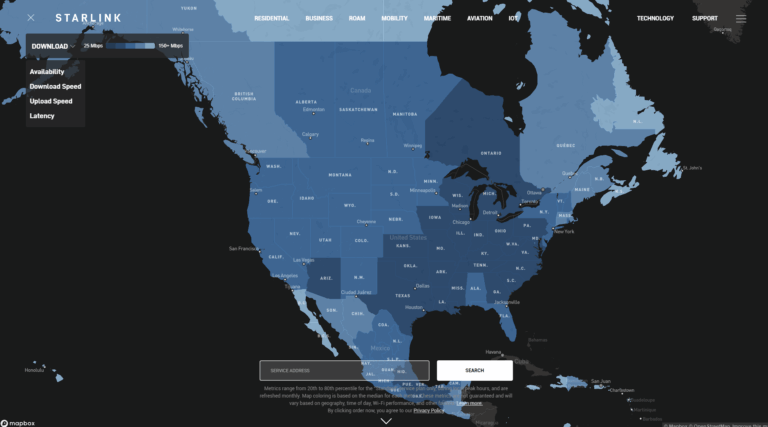
Introduction to Copilot
The emergence of artificial intelligence (AI) has revolutionized various aspects of work and life. Among the various AI-driven tools, Copilot has gained significant attention. Developed by OpenAI and integrated into platforms like Microsoft 365, Copilot serves as an AI-powered assistant that enhances productivity by helping users generate content, automate repetitive tasks, and access data efficiently. The relevance of Copilot in today’s fast-paced work environment cannot be overstated, as more organizations seek to embrace digital transformation.
The Role of Copilot in Modern Workplaces
Copilot uses advanced machine learning algorithms to analyze user input and deliver suggestions, helping users create documents, spreadsheets, and presentations more effectively. In recent months, Microsoft has expanded its Copilot features across various applications including Word, Excel, and PowerPoint, further embedding AI into everyday tasks for millions of users worldwide.
For instance, in Word, Copilot can assist in drafting emails or generating reports by summarizing existing documents, allowing professionals to save valuable time. In Excel, it can help analyze data trends and create visualizations, which significantly benefits businesses engaged in data analysis. According to Microsoft, companies implementing Copilot have reported a productivity increase of up to 40%, showcasing its impact on operational efficiency.
Real-Life Applications and User Experiences
Users from different sectors have started sharing their positive experiences with Copilot. A marketing team, for instance, leveraged Copilot to draft creative campaign content in a fraction of the typical time taken, illustrating how AI can streamline operations. Similarly, educators have noted the advantages of using Copilot to create tailored lesson plans, saving hours of preparation time.
Conclusion and Future Outlook
As Copilot continues to evolve, its range of capabilities is expected to expand even further. With ongoing advancements in natural language processing and machine learning, the assistant may eventually integrate even more deeply into workflow systems. There are forecasts suggesting that industries embracing AI tools like Copilot could not only improve their internal processes but also gain a competitive edge in the market.
In summary, Copilot represents a significant step forward in how technology aids productivity. As organizations adapt and welcome this AI-driven support, the potential for enhanced efficiency and innovation remains vast, promising to shape the future of work for years to come.






